Author:Baby & Adult Diaper Materials FROM:Diaper Materials Manufacturer TIME:2023-09-11
Exploring the Versatility of Spunbond Fabrics in Diaper Production
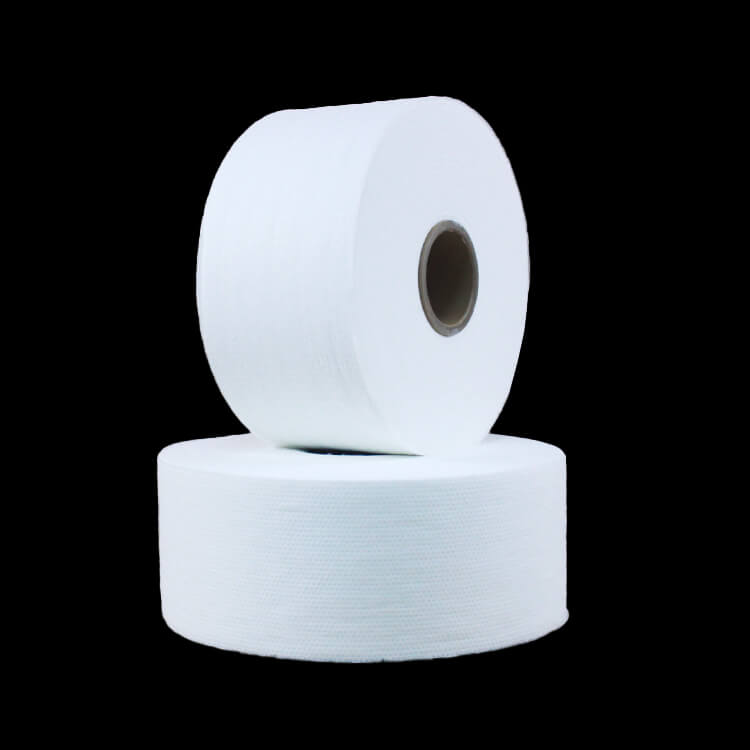
In recent years, the use of spunbond fabrics in diaper production has gained significant attention in the textile industry. Spunbond fabrics are nonwoven materials that are manufactured by extruding thermoplastic fibers and bonding them together using heat and pressure. These fabrics offer a wide range of benefits, including high strength, softness, breathability, and liquid repellency. This article aims to explore the versatility of spunbond fabrics in diaper production, highlighting their various applications and advantages.
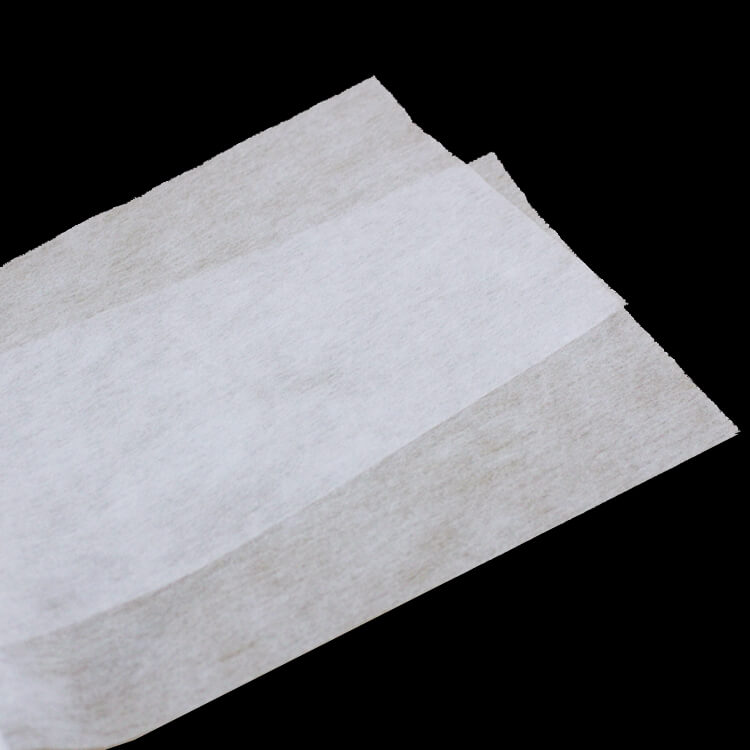
Spunbond fabrics in diaper production are primarily used as the top sheet or acquisition layer, which comes into direct contact with the baby's skin. One of the key advantages of spunbond fabrics is their ability to enhance absorbency. The fabric structure allows for quick penetration and distribution of liquid, preventing it from pooling on the surface of the diaper. Moreover, the high surface area of the fabric increases the overall absorption capacity, keeping the baby's skin dry and comfortable. By using spunbond fabrics, diaper manufacturers can provide an optimal level of absorbency while minimizing the risk of leakage and skin irritation.
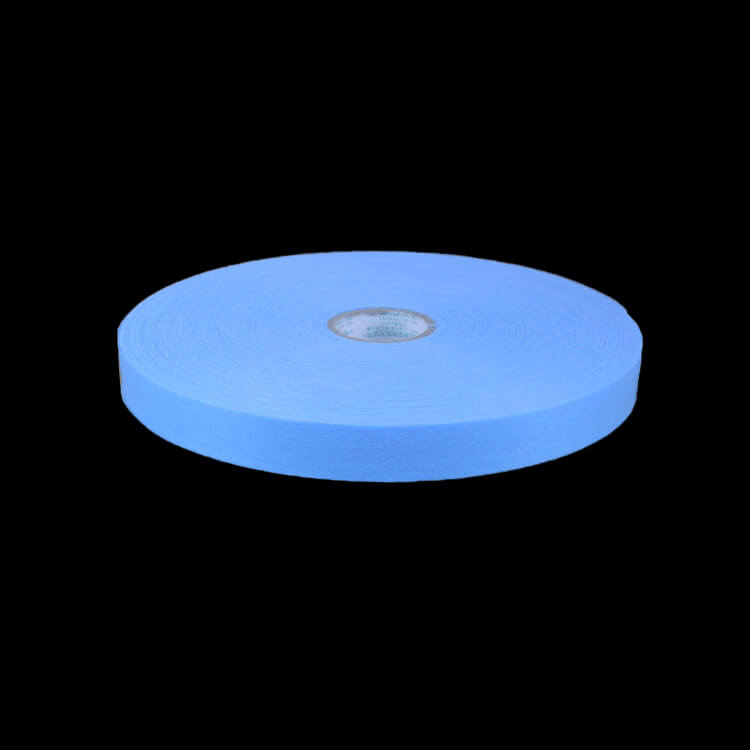
Another significant advantage of spunbond fabrics in diaper production is their breathability and comfort. The porous nature of these fabrics allows air to circulate freely, preventing the build-up of heat and moisture inside the diaper. This feature is particularly important in maintaining the baby's skin health and preventing diaper rash. Spunbond fabrics also offer a soft and gentle touch, ensuring a comfortable experience for the baby. Additionally, the lightweight nature of the fabric reduces bulk and provides a more flexible fit, allowing for ease of movement and reducing the risk of chafing or discomfort.
Spunbond fabrics provide diaper manufacturers with a high degree of versatility and customization options. These fabrics can be easily tailored to meet specific requirements in terms of weight, thickness, and strength. Moreover, they can be treated with various finishes or coatings to enhance their performance. For instance, antimicrobial treatments can be applied to spunbond fabrics to inhibit the growth of bacteria and prevent odor formation. Similarly, the addition of wetness indicators or color-changing properties can provide a visual cue for parents to know when the diaper needs changing. The ability to customize spunbond fabrics allows for innovative product development and differentiation in the competitive diaper market.
In conclusion, spunbond fabrics have emerged as a versatile and valuable material in diaper production. Their enhanced absorbency, breathability, comfort, and customization options make them an ideal choice for providing optimal protection and comfort for babies. As the demand for environmentally friendly and sustainable products increases, it is worth noting that many spunbond fabrics are also recyclable and can contribute to reducing waste in the diaper industry. With ongoing advancements in textile technology, the potential applications of spunbond fabrics in diaper production are likely to expand further, paving the way for more innovative and efficient diaper designs in the future.
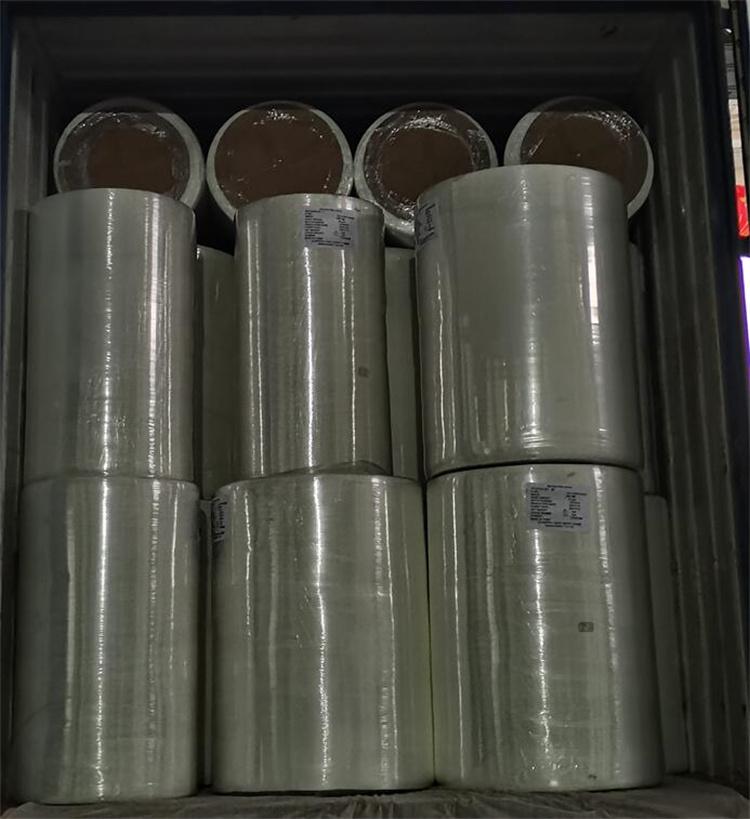
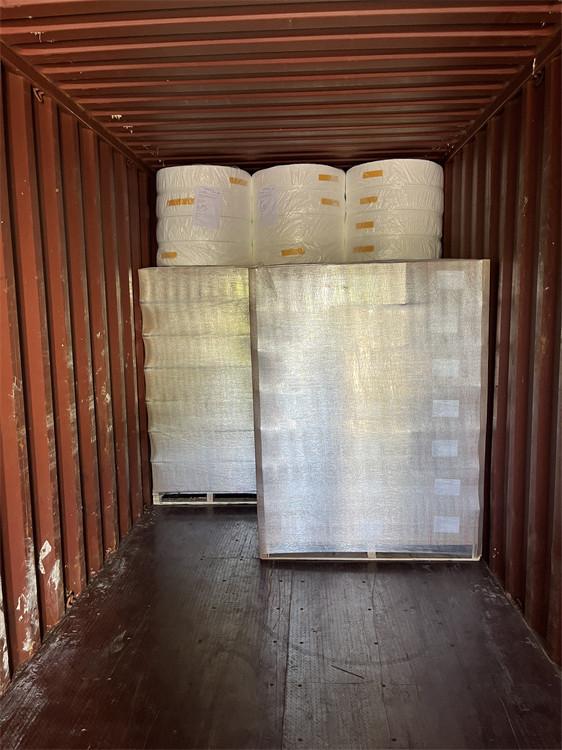
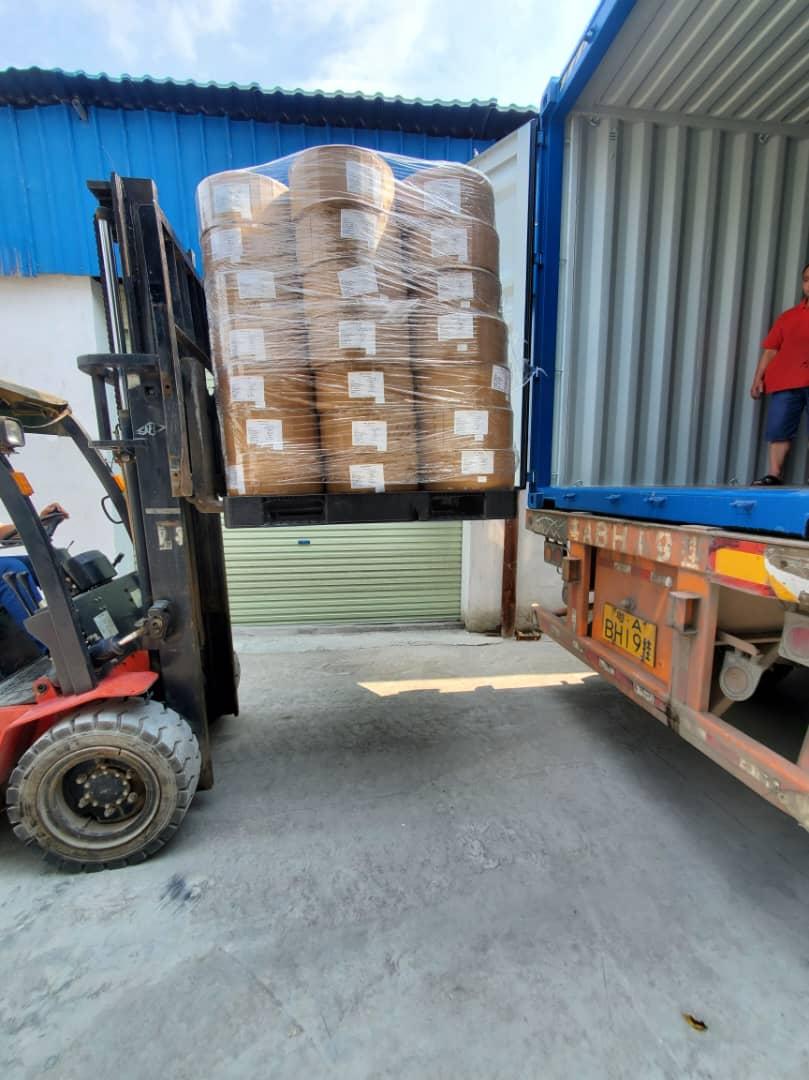
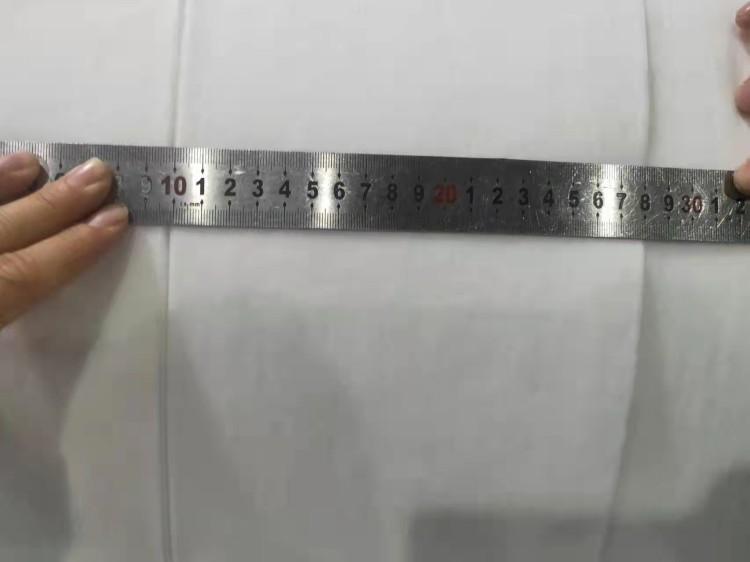

 Email: info@whldiapernonwoven.com
Email: info@whldiapernonwoven.com
 MP/WhatsApp: +86-13599937366
MP/WhatsApp: +86-13599937366
 Manufacturer Address:Room 1105B, Bld M1, Manhattan, Yulongwan, Shimao, Shuanglong Road, Meiling Street, Jinjiang, Fujian, China
Manufacturer Address:Room 1105B, Bld M1, Manhattan, Yulongwan, Shimao, Shuanglong Road, Meiling Street, Jinjiang, Fujian, China